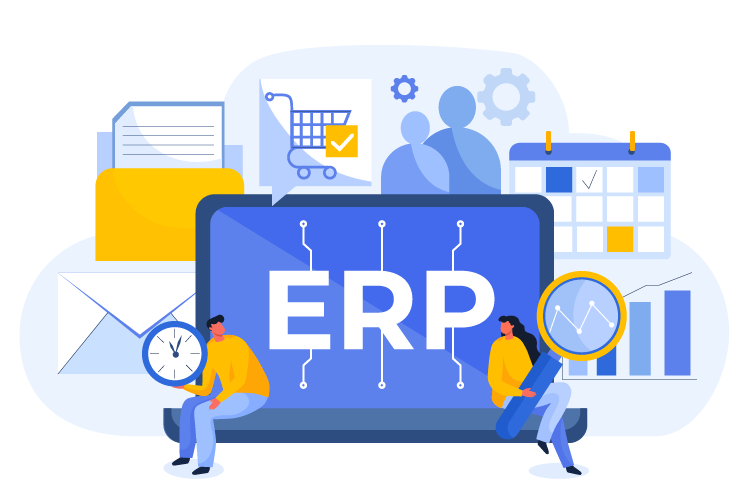
When They Need Help With ERP Optimization?
ERP not tailored to the workflows of your users? Not getting business results to form your ERP? Integration points are never seamless because poor master data structure of the ERP. KANO ERP project optimization expertise is designed to help companies when they struggle with these challenges.
ERP System Not Tailored To Users' Workflows
Do users feel they work harder than they need to get results from the ERP system? Are users managing 90% of the processes outside of the system? Companies seek help from KANO when the ERP system might not be tailored to users’ workflows.
Business Users Considering ERP As A Database
Is the ERP primarily a database of transactions, while the majority of planning and controls reside outside of the system? Business users find the ERP system to be too technical? Companies seek help from KANO when they need help in selecting an ERP.
ERP System Too Slow
Are you experiencing performance issues with your ERP? Are transactions taking too long? Is the MRP breaking? Companies seek help from KANO when their ERP system might be too slow.
Issues In Integrating With Ancilliary Systems
Do you have integration issues with ancillary systems? Require ad-hoc arrangements in taking data from one system to the next. Companies seek help from KANO when they have issues integrating with the ancillary system.
Struggling To Accommodate New Business Use Cases
Do you always need to customize the system while accommodating new business use cases? Do you feel that the underlying system may be limited to accommodate new business use cases? Companies seek help from KANOwhen they struggle to accommodate new business use cases.
The New Business Model Seems Challenging
Has your business model grown since you started your business? Is the new business model too off for your current ERP system? Companies seek help from KANO when they need help in understanding business model challenges with the new ERP.
OUR METHOD
Our Methodology For ERP Optimization
The process starts with an assessment that helps build the as-is and to-be process models, along with the enterprise architecture. The assessment will find processes and data sets that might need to be redefined or re-engineered to make the ERP system more efficient. Once agreed on the to-be state of the system, the changes are then implemented and deployed.
Step 1: Assessment
This phase starts with a deep diagnosis of the current issues, including the diagramming as-is and to-be states of the processes and enterprise architecture. This phase would come up with a few solutions with their pros and cons that can be explored further as the potential options to recover the project.
Step 2: Business Analysis
This phase takes a deep dive into the option identified and builds the change journey for each persona impacted. This phase also explores the associated financial risks and identifiers a backup plan for each financial risk.
Step 3: Technical Analysis
The phase is a very detailed design of the solution identified in the previous step. This step documents the interfaces and data mappings if there are going to be any technical changes.
Step 4: Implementation
This phase implements and tests the changes required to recover the project. Sometimes the recovery could mean reimplementing the whole project. But the total time taken for re-implementation may not be as high as your data is already translated and exists in the right format.
Step 5: Optimization
This phase is the optimization phase if there might still be room for improvement after making those changes. Or if the suggested changes don’t work as expected. Then the next step would be to explore the other options.
